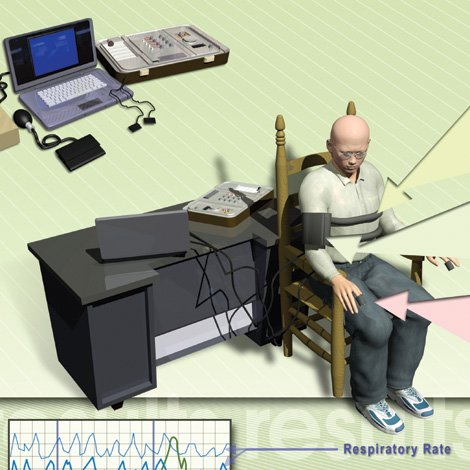
These days, the entire world, not just the Internet, has become an insecure place. It's not just possible terrorist threats that make it so. Identity thieves and others bent on invading your privacy make it dangerous as well.
And to a certain extent, it's not only criminals who invade your privacy. As you'll see in this section, private businesses do as well. And the federal government may just be the most intrusive of all.
Chapter 18, "How Identity Theft Works," shows you how identity thieves can steal your identity, pose as you, and wreak havoc with your private life and finances. It also follows the money trail and shows how thieves can make money from stealing your identity. The chapter also details how you can protect yourself against identity theft.
In Chapter 19, "Credit Card Security," you'll learn the ins and outs of how your credit information is kept safe, but you'll also see how that doesn't always work and how it is often stolen. And you'll take a look inside the seamy black market that traffics in stolen credit cards.
Chapter 20, "The Dangers of Data Mining," examines this little-known way in which your privacy can be invaded. In data mining, companies or government agencies gather all the information they can about people and their habits and then use special techniques to build personal profiles, track people, and more.
Chapter 21, "The Dangers of Workplace Surveillance," details the ways in which people are tracked every moment of their workday. Tens of millions of people work in businesses that track their activitieseverything from web surfing to email, telephone calls, and even surveillance cameras.
Chapter 22, "How Cell Phones Can Be Hacked," shows you that when you talk on your cell phone, your conversations may be open to the world. And it's not just your conversations that can be snooped upon. As cell phones have turned into small computers, your data can be stolen as well. The chapter also looks at how B-list celebrity Paris Hilton's cell phone was hacked and how a technique called Bluesnarfing works.
Chapter 23, "How Biometrics Works," covers an increasingly popular means of identifying people. Biometrics uses people's physical characteristics as a way of confirming their identity. For example, fingerprint scanners and iris scanners can be used to confirm that someone is who she says she is.
In Chapter 24, "How Radio Frequency ID Can Invade Your Privacy," we examine a technology just starting to make its way into retail stores. Radio frequency ID (RFID) uses small tags and radio waves to track goods such as clothing and pharmaceuticals; as you'll see, it can track your use of them as well. In the future, RFID may become frequently used, with an enormous potential for privacy invasion.
Chapter 25, "How Location Tracking Works," shows how your precise location can easily be tracked using common technologies such as the Global Positioning System (GPS). Unknown to most people is the fact that even your cell phone can track your location.
In Chapter 26, "How DNA Matching Works," you'll learn about the frontiers of technology: how your DNA can be tracked and matched. You'll also learn about the potential dangers of this technology and how it might help deny people jobs and health insurance, among other threats.
In Chapter 27, "How Airport Scanners and Security Cameras Work," you'll see how some of the technologies in the front line against terrorism work. We'll also take a closer look at terrorist tracking systems that try to make sure no terrorist can board airplanes.
Chapter 28, "The Federal Government, Privacy, and Electronic Surveillance," looks at the intelligence-gathering powers, and enormous potential for privacy invasion, posed by the federal government. It looks at some of the more controversial government programs, such as the National Security Agency's Echelon program that taps into global phone, data, and Internet communications and that has also been turned against U.S. citizens at home. The chapter also shows how the FBI's Carnivore programan extremely controversial program that enabled the federal government to read people's email and follow their Internet activity without people knowing about itworked.
Finally, Chapter 29, "How Wiretapping and Lie Detectors Work," shows you how these law-enforcement tools work, how they can be used to protect us, and also how they can be used to invade our privacy.